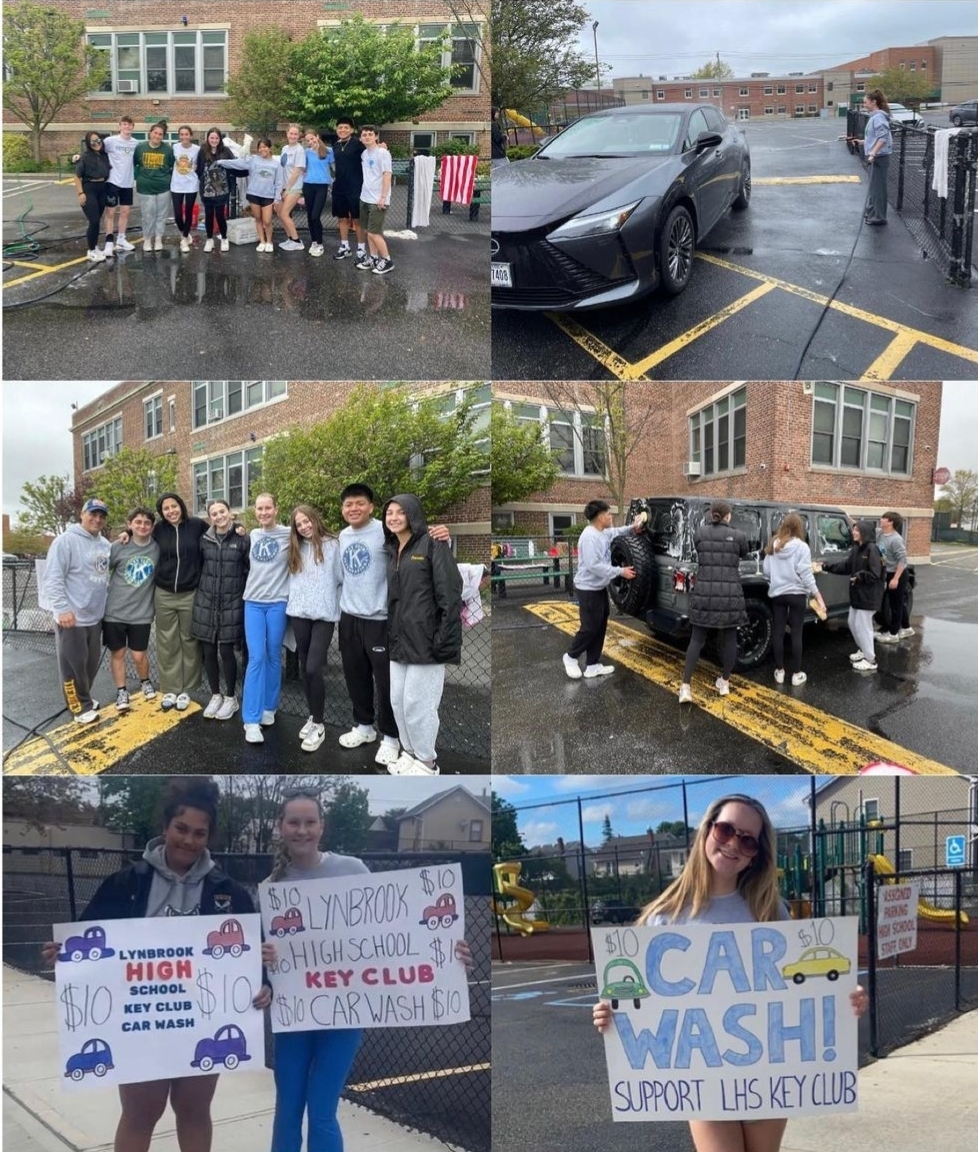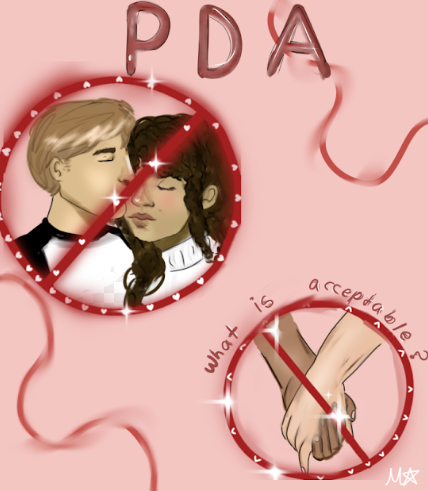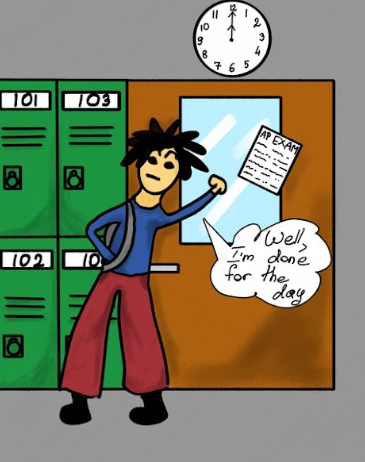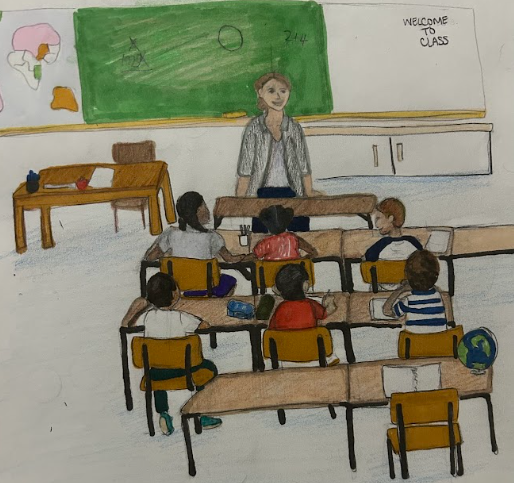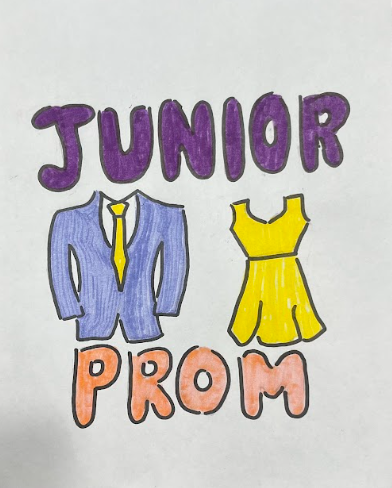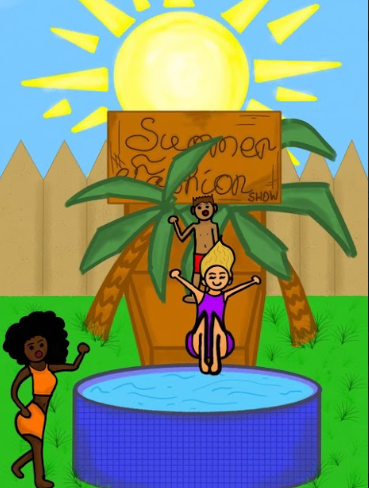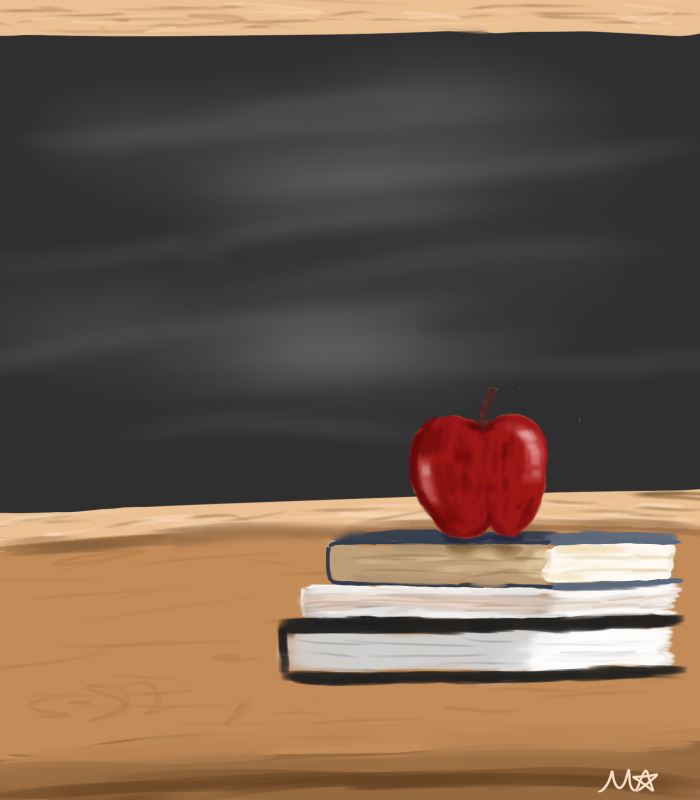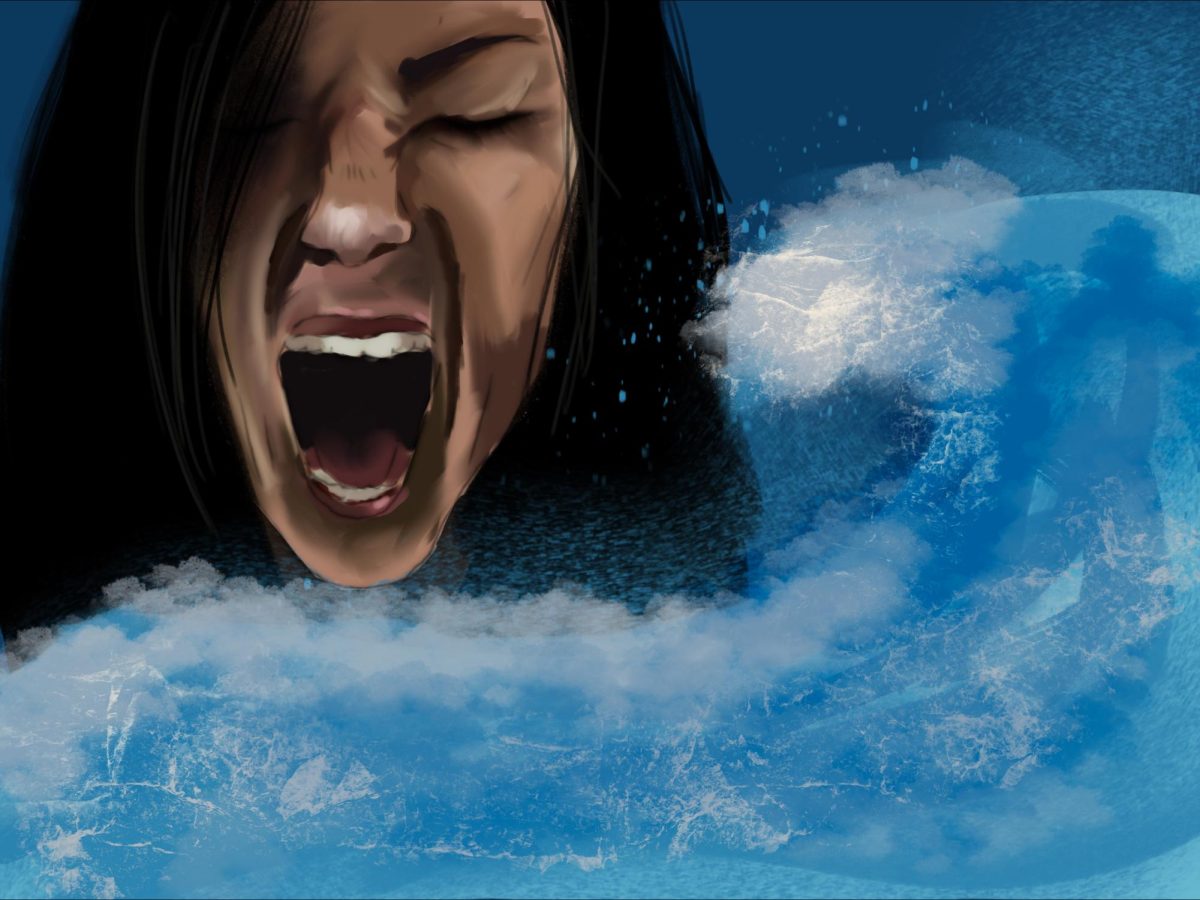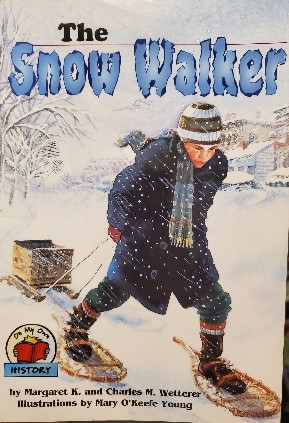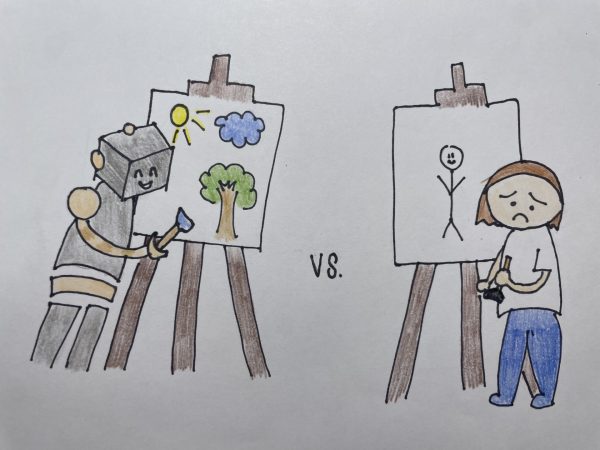A Year in Children’s Books
Have a young audience that needs the proper read-aloud for the holiday at hand? See the recommendations below for the best children’s books for each time of year!
Winter (January): The Snow Walker by Charles M. and Margaret K. Wetterer
Based on the true story of one of Maine’s largest blizzards and the boy who braved it to save his neighbors, The Snow Walker is quite a captivating winter read. Children will be fascinated by both the alarming size of the snowstorm as well as Milton’s heroism and creative courage. The book may also spur discussions of what would happen if such an event occurred in kids’ own lives.
Valentine’s Day (February): Roses Are Pink, Your Feet Really Stink by Diane de Groat
This Valentine’s story brings great excitement into the expectedly demure holiday—Gilbert’s dastardly deeds excite and intrigue children and make them eager to learn the consequences for both him and his peers. Young listeners can only imagine doing what Gilbert does, so the story is a look into what would happen if such an elementary atrocity were committed.
St. Patrick’s Day (March): The Leprechaun’s Gold by Pamela Duncan Edwards
A good St. Patrick’s Day story can be hard to find, but Edwards’s fairytale includes all the elements that young readers would look for in a book about this holiday. Satisfying and with a touch of sophistication that brings it a level above some popular, more juvenile leprechaun books, this tale becomes an instant classic for the holiday.
Easter (April): The Complete Tales of Beatrix Potter by Beatrix Potter
Beatrix Potter’s quaint characters have long endured as symbols of children’s literature. With over twenty stories that vary in length and reading level, the adorable animal characters that include the famed Peter Rabbit and family, Mrs. Tiggy-Winkle, and Tom Kitten make these tales the perfect springtime reads.
Mother’s Day (May): I’ll Love You Forever by Robert Munsch
Somewhat of a contrast to Munsch’s goofier books, I’ll Love You Forever is deeper and more heartfelt. Children will enjoy the endearing story, and parents will be touched at the bittersweet story of a relationship between a mother and her growing son.
Father’s Day (June): Enemy Pie by Derek Munson
While not explicitly a story about Father’s Day, this book highlights a dad coming to the rescue for his son struggling with an “enemy” problem. Young readers will share the main character’s anticipation and curiosity, and the ending allows them to figure out for themselves the lesson that the boy’s father taught him.
Independence Day (July): Paul Revere’s Ride by Henry Wadsworth Longfellow; illustrated by Ted Rand
This book is Thoreau’s famous poem of the Revolutionary War hero Paul Revere accompanied by striking illustrations by Ted Rand. As a Fourth of July read, Thoreau’s tense rhymes provide both a captivating story and a learning opportunity for the history of the holiday.
Summer (August): When the Fireflies Come by Jonathan London
Told in short sentences and with plenty of onomatopoeia so that it almost resembles a poem, When the Fireflies Come encapsulates the beautiful bliss of a childhood summer’s day and embodies each of a child’s favorite aspects of the summer months. Its sentimental, farewell-to-summer feel allows children to reflect fondly on their summers and make the most of the last days of vacation.
Back-to-School (September): A Bad Case of Stripes by David Shannon
Shannon’s story of young Camilla Cream and her struggles to be herself around others is relatable and presents a positive lesson. Imaginative illustrations strengthen the metaphor as Camilla gets closer and closer to losing herself entirely. Great for the start of the school year, this story reminds children that no matter what happens on their first day (or any of the days following), they must hold true to what they love.
Halloween (October): The Widow’s Broom by Chris van Allsburg
With the slightly ominous undertones of his other children’s books (which include The Polar Express and Jumanji), it seems only fitting that Allsburg’s Halloween story is so notable. His famed charcoal illustrations are mesmerizing and add significantly to the chilling tale. It has plenty of eeriness to make it stand out among other Halloween books but is still not overly creepy so as to scare children.
November & Thanksgiving: Cranberry Thanksgiving by Wende and Harry Devlìn
This book touches on some of the most important yet unaddressed aspects of the themes of Thanksgiving, including eliminating biases to appreciate and accept others more. The interactions of the highly contrasting characters are fun to read about, and the story picks up to an exciting climax. Besides, what better place to spend Thanksgiving than on Grandma’s cranberry farm?
December & Christmas: The Christmas Miracle of Jonathan Toomey by Susan Wojciechowski
The depth and beauty of Wojciechowski’s book makes it more than heartwarming—it evokes such emotion as to even bring adult readers to tears. Simple sentences allow it to maintain its beautifully childlike, picture-book quality while the complex characters tell a much deeper story. Themes of loss and mourning make the writing quite down-to-earth and bring out the titular “miracle” even more.

I am a member of the class of 2024 and a co-editor-in-chief of Horizon's online publication. I have one dog and eleven siblings, and I love to read!




